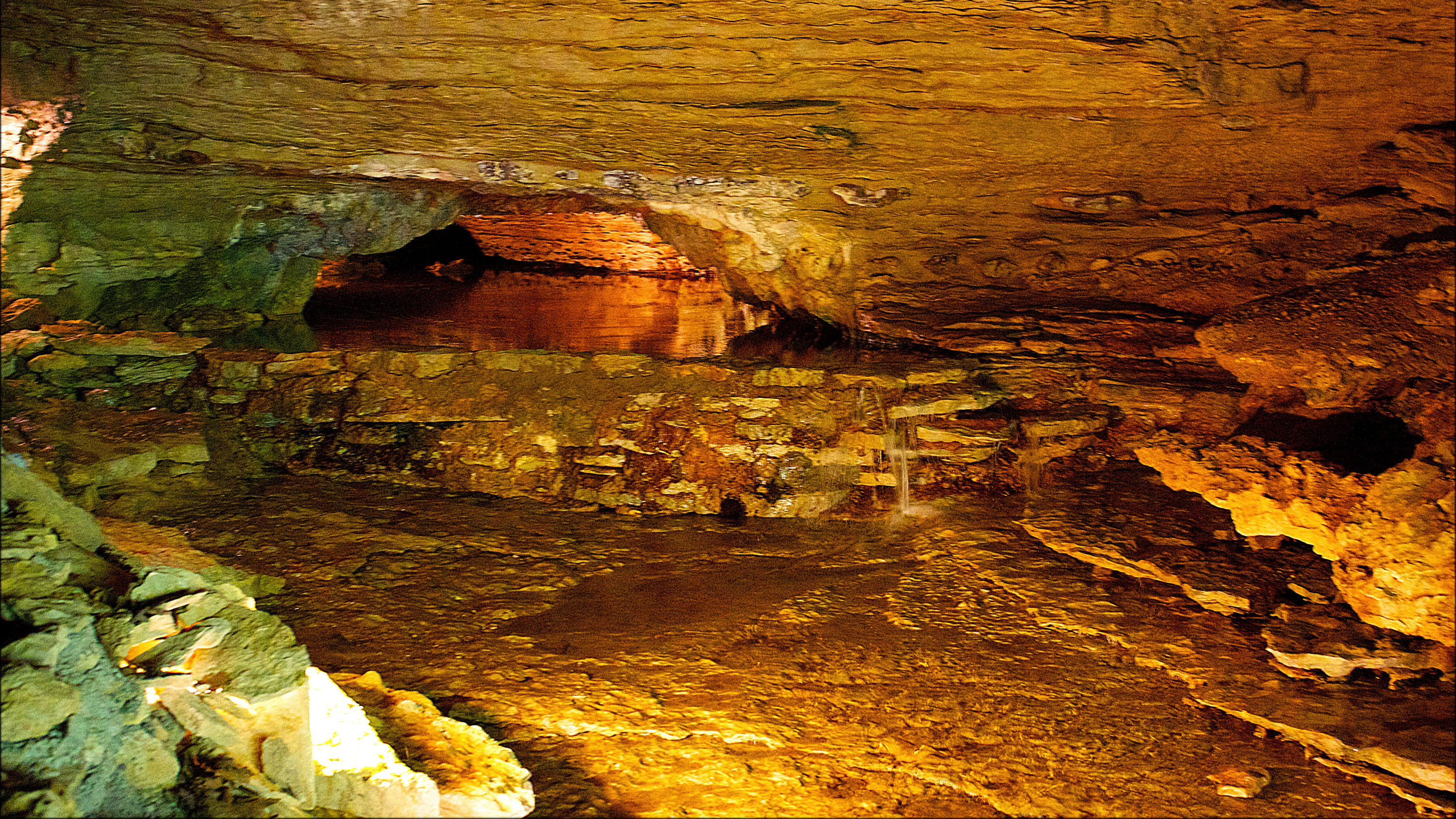Scientists are tracking water levels with the help of YouTube... and graffiti artists
Saudi Arabian swimmers and graffiti artists contribute to science

Geoscientists in Germany are using YouTube videos to study the water levels of a cave south-east of the Saudi Arabian capital city Riyadh.
The scorching deserts of the Middle East sit atop huge reservoirs of groundwater, which formed in prehistoric times and have long permitted people to survive in its inhospitable landscapes. Until the 1980s, the region even sported a few lakes and waterholes. But today they lie empty, as groundwater levels have dropped significantly since the population began widespread crop irrigation.
Tracking the water levels is no easy task. But a group led by Nils Michelsen, from the Institute for Applied Geosciences, TU Darmstadt, Germany, has come up with a novel way to do so, presenting it at the European Geosciences Union General Assembly in Austria.
They've found a cave called Dahl Hith which has become a popular swimming spot for Riyadh's residents. A few have scrawled their names on the walls in spray paint, and it's these names that are key to Michelsen's method.
The scientists crawl through social media for videos posted of the cave, and then note both when the video was recorded and how high the graffiti appears above the waterline, allowing them to recreate past conditions in the cave.
"Since smartphones have become so popular and deliver quite good video quality - such data becomes useable. A few years ago, some people would have criticised it as 'grey data', and said 'you shouldn't use it'. But since there is no other data, you need to be creative," Michelsen told the BBC.
Early results
Analysis of almost 40 YouTube videos show that water levels in the cave have risen by about 40 centimetres a month over the past two years. The rate of water rise is so fast that some of the graffiti that the researchers have been using is now completely submerged.
Get daily insight, inspiration and deals in your inbox
Sign up for breaking news, reviews, opinion, top tech deals, and more.
It's unlikely that the water level rise is due to a topping-up of the subterranean aquifers, though - as irrigation has not stopped. Instead, it seems to be coming from lakes of treated wastewater about ten kilometres away, and chemical analysis of the water in the cave supports that theory.
The team's work joins other researchers trawling the web for scientific purposes. Other examples include modelling the spread of infectious diseases in World of Warcraft and tracking tweets of Indonesian citizens to monitor the extent of flooding.
(Image credit: Credit: CC BY 2.0 Doug Wertman)
